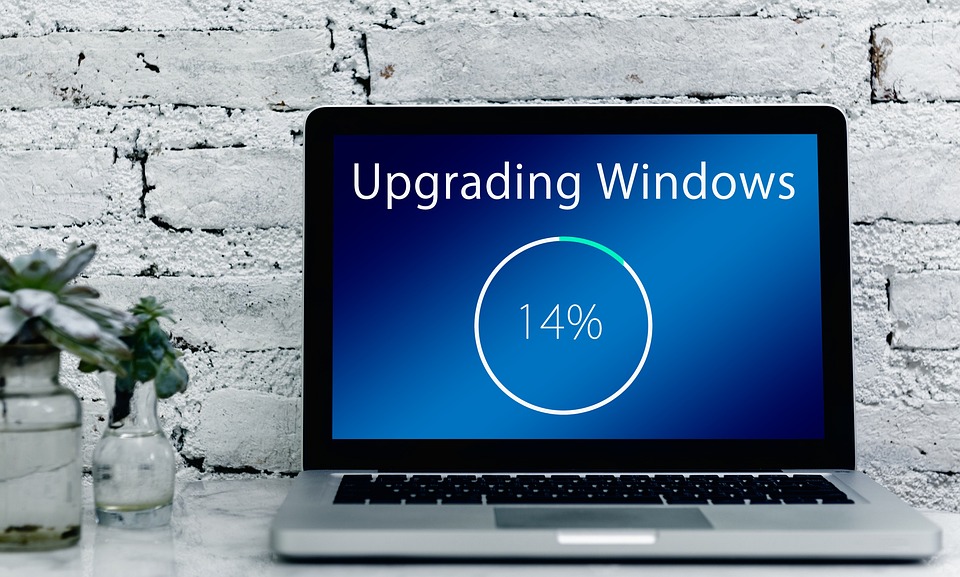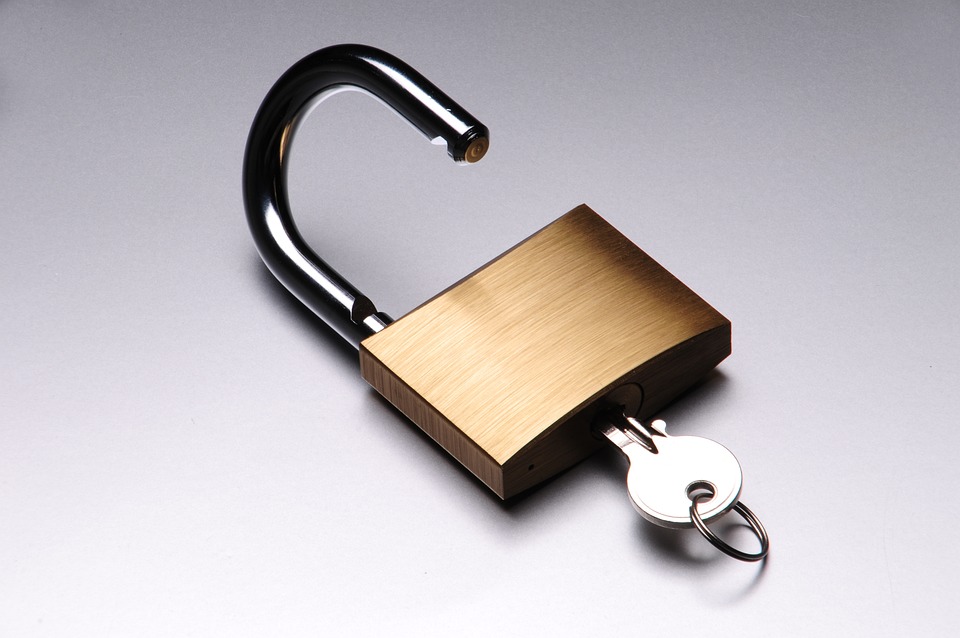The world of web development is constantly evolving, and security remains a top concern for website owners. WordPress, powering over 40% of all websites, is frequently in the spotlight when it comes to security vulnerabilities. With the release of WordPress 5.5, a variety of advanced security features were introduced, aimed at fortifying sites and making the WordPress ecosystem safer for users and developers alike.
Enhancements in Security Features
1. Automatic Updates for Themes and Plugins
One of the most significant advancements in WordPress 5.5 is the introduction of automatic updates for themes and plugins. While automatic updates for core WordPress versions were already a feature, now, site owners can also ensure that their plugins and themes are updated automatically. This is a crucial security enhancement as it reduces the window of vulnerability created by outdated software, which can be easily exploited by malicious actors.
While this feature is beneficial, users should still remain proactive by monitoring updates and ensuring compatibility with their current setup, as poorly coded plugins or themes could potentially break functionality.
2. Block Editor Updates for Secure Content Management
WordPress 5.5 also included updates to the Block Editor (Gutenberg), which bring enhanced security for content management. The editor now includes improved handling of media libraries, which means that any uploaded files are scanned more effectively. This added protection helps prevent malicious files from being uploaded to your site, mitigating one of the common vectors for attacks.
3. Improved XML Sitemap Functionality
Another security enhancement in WordPress 5.5 is the inclusion of an XML sitemap by default. A well-structured sitemap is vital for search engines crawling your site efficiently while ensuring that sensitive content is not easily accessible. The built-in XML sitemap functions can be tailored to exclude specific data, adding an extra layer of privacy and security when configuring your site’s visibility.
4. New Default Permissions and Capabilities
WordPress 5.5 revamped its handling of user capabilities by introducing new default permissions. Site owners now have more granular control over user roles and what capabilities are granted to each role. By limiting access to only necessary features, website administrators can further secure their websites from potential threats. Understanding user roles and responsibilities plays a crucial role in minimizing risks.
5. Alt Attributes for Image Accessibility
While primarily an accessibility feature, the emphasis on image alt attributes can also serve a dual role in security. Alt text enhances search engine optimization (SEO) and provides an opportunity to mitigate the risks of images being misused. By encouraging proper handling of images, WordPress 5.5 supports a holistic approach to site management that also keeps security concerns in mind.
Best Practices for Site Security
Even with these impressive security enhancements in place, it’s important for site owners to adopt best practices to keep their WordPress installations secure:
-
Regular Backups: Always ensure you have regular backups of your website files and database. This is crucial in case of a compromised site.
-
Use Trusted Plugins and Themes: Only install plugins and themes from reputable sources. Review updates and deactivate those that are unused.
-
Implement Strong Passwords: Use complex passwords and change them regularly to prevent unauthorized access.
-
Utilize Security Plugins: Consider security plugins that provide firewalls, malware scanning, and login attempt limiting to add extra layers of protection.
- Monitor User Activity: Keep an eye on user activity logs, especially if your site allows multiple user access. This can help catch suspicious activity in real-time.
Conclusion
With the introduction of WordPress 5.5 and its notable security features, site owners can breathe a little easier knowing that they have the tools needed to help protect their digital properties. However, security is a shared responsibility; it requires the proactive participation of website owners and users to ensure that the measures in place are maintained and monitored.
By diligently applying best practices and embracing the advanced features offered by WordPress, individuals can safeguard their websites and keep them secure from potential threats in an ever-evolving digital landscape. The journey of web security is ongoing, and staying informed and proactive is key to keeping your site safe and sound.
Contact Us





